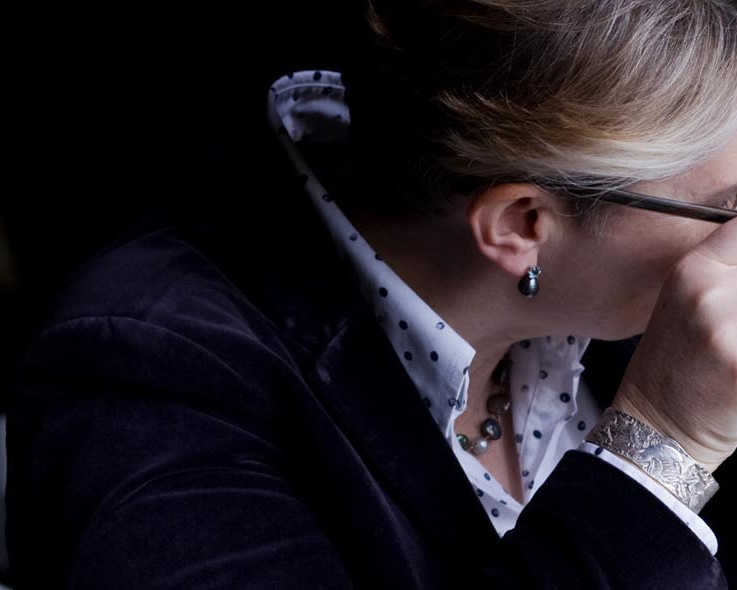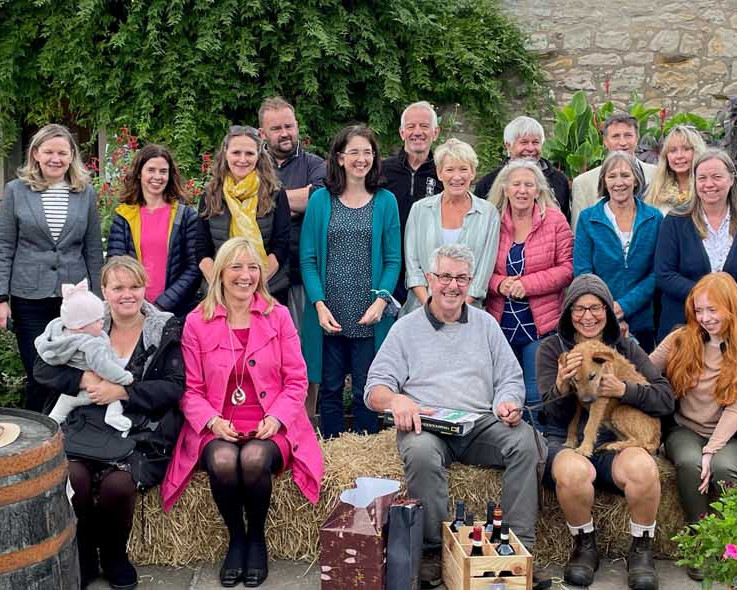Winton Estate Community Tours 2014
The aim of the tour was to afford interested residents the opportunity to see for themselves recent investment in the Estate and learn about the Estate’s embryonic plans for the future. Essentially, the Estate is at a point where it needs to plan how to increase future income in order that it may continue to maintain Winton House, the Estate and the workforce of approximately 30 employees who manage Winton House’s corporate and private hospitality business and the Estate’s operations. Keeping the status quo is not an option.
The tour was one of a series of six being held by the Estate in December 2013 and January 2014. The others were for public officials (from the Council and public agencies like Scottish Natural Heritage), Councillors, New Winton residents and Ormiston residents. The number on each tour was restricted to approximately twenty because of the practicalities of hiring a bus which could traverse the Estate’s access tracks. Each tour was led by Sir Francis Ogilvy and accompanied by Nick Wright and /or Richard Heggie, independent planners who are helping the Estate to develop plans for the future.
No firm plans were put forward at any of the tours: the Estate is not at that stage yet. Rather, the purpose of the tours was to explain how the Estate works, introduce potential ideas, and listen to people’s reactions and aspirations – before developing firmer proposals.
Whatever plans emerge, the Estate’s guiding principles are to nurture and support biodiversity, employment and local communities through profitable rural enterprises.
The potential investment ideas mooted by the Estate combine profitable use of Winton’s resources with investment for social benefit:
- Winton House: continued investment in the upkeep of this nationally important historic building and its use as an exclusive use, corporate and private hospitality venue.
- Loanfoot, on the River Tyne between Winton and Ormiston: sand and gravel extraction followed by creation of lochs, holiday lodges and public access. Similar opportunities exist downstream from Spilmersford to Jerusalem.
- Broomrigg Farm: social enterprise with a community farm, local produce, café etc.
- Wintonhill Farm: renovation of former agricultural buildings for self-catering accommodation.
- New Winton: new housing, community facilities and possibly rural business space (this could be at a number of locations on the Estate).
As well as visiting the locations of these potential investments, the tour also included visits to Winton House and Nisbet Farm to see recent investments by the Estate.
The booklet Winton’s Flourishing Future: We’re All Ears contains more information and can be downloaded here (cover image above).
The tours should be seen as the start of a dialogue between the Estate, local communities, the Council and public agencies. There was a clear message from participants at each of the six tours that they would welcome more communication and involvement once the Estate has worked up draft proposals in more detail. The Estate will be doing that over the next couple of months. Watch this space!
If you would like to find out more or simply wish to be kept updated, please contact Nick Wright (nick@nickwrightplanning.co.uk, tel 01505 352147) or Francis Ogilvy (f.ogilvy@wintonhouse.co.uk).


